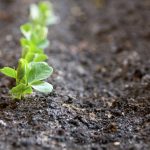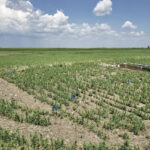In an attempt to support its potato farmers following trade suspensions with the U.S. over potato wart, the government of Prince Edward Island plans to put up $3 million in new funding for a program that will help farmers shift to “soil-building crops.” “In our meetings with industry and the P.E.I. Potato Board, the need […] Read more













